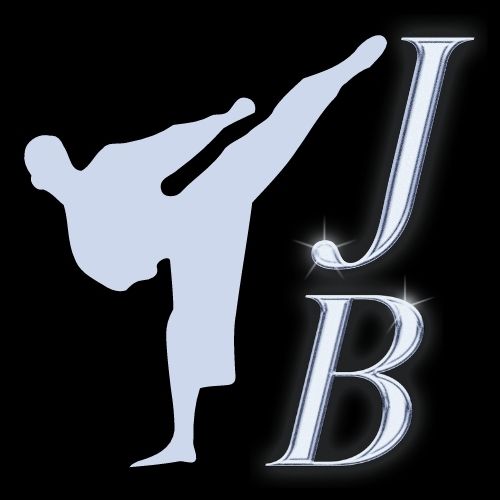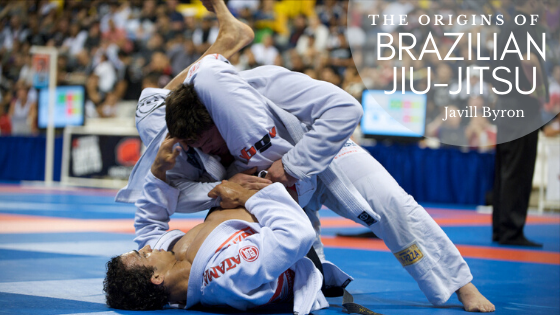Jiu-Jitsu originated with the Buddhist monks of India, but the modern form originated in Japan. Considered an art, Jiu-Jitsu was created to allow the Samurai who fought on horseback to fight well if they ever found themselves without weapons and on foot.
The Samurai were heavily armored when fighting, which restricted their mobility and ease in battle. Because of this restriction, Jiu-Jitsu eventually evolved into a form of fighting that including throwing, strangles, joint-locks, along with the striking moves that were used in other types of martial arts.
Then, in the later 1800s, Jigoro Kano, a young Jiu-Jitsu fighter, created his style that was considered a “full-power” practice. This style deviated from the partner practice that was popular during the time. His style of Jiu-Jitsu slowly transformed into the practice of Judo, which later became a prevalent sport all over the world.
One student of Kano, Mitsuo Maeda, also known as “Count of Combat,” left Brazil to travel to Japan in 1914. During this time, George Gracie, a local political, helped Maeda. Gracie’s father was also an immigrant who originally came from Scotland. Maeda thanked Gracie by teaching Gracie’s son Carlos Jiu-Jitsu. Later on, Carlos showed some of his brothers, and together they opened the first Jiu-Jitsu Academy in Brazil in 1925.
The Gracie boys and the students at their academy refined the art over the years, practicing no-rules fighting in public matches and on the street. Much of their attention was focused on fighting on the ground, also known as submission ground fighting. In this style of fighting, the smaller man was able to defend himself and beat the larger opponent in the fight.
During the 1970s, the art was further refined by Rolls Gracie, including many other styles and movements. He included wrestling into the academy classes and created the first rule-based system for Jiu-Jitsu competitions.
Rorion Gracie, another one of the brothers, came to Los Angeles from Brazil, hoping to bring the system created by the Gracie family to the United States. During this time, the martial arts contests that did not have rules were known as “vale tudo” and were very popular in Brazil but unknown throughout the rest of the world. Rorion Gracie and Art Davies created the first UFC, also known as The Ultimate Fighting Championship.
The modern era of Brazilian Jiu-Jitsu is considered MMA or Mixed Martial Arts, the fastest growing of the martial arts. Now, there are thousands of Jiu-Jitsu academies across the world.

